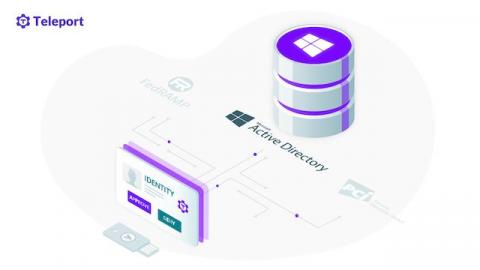Active Directory Security
At its core, Active Directory domain services (AD DS) is a structured data store of objects in the domain controller. It is a directory service from Microsoft for identity management and access control in Windows domain networks. Active Directory can authenticate users, groups, services and computers to protected information. In addition to that, AD DS also helps to implement security policies and permissions. AD DS enforces them for all computers in your network.





